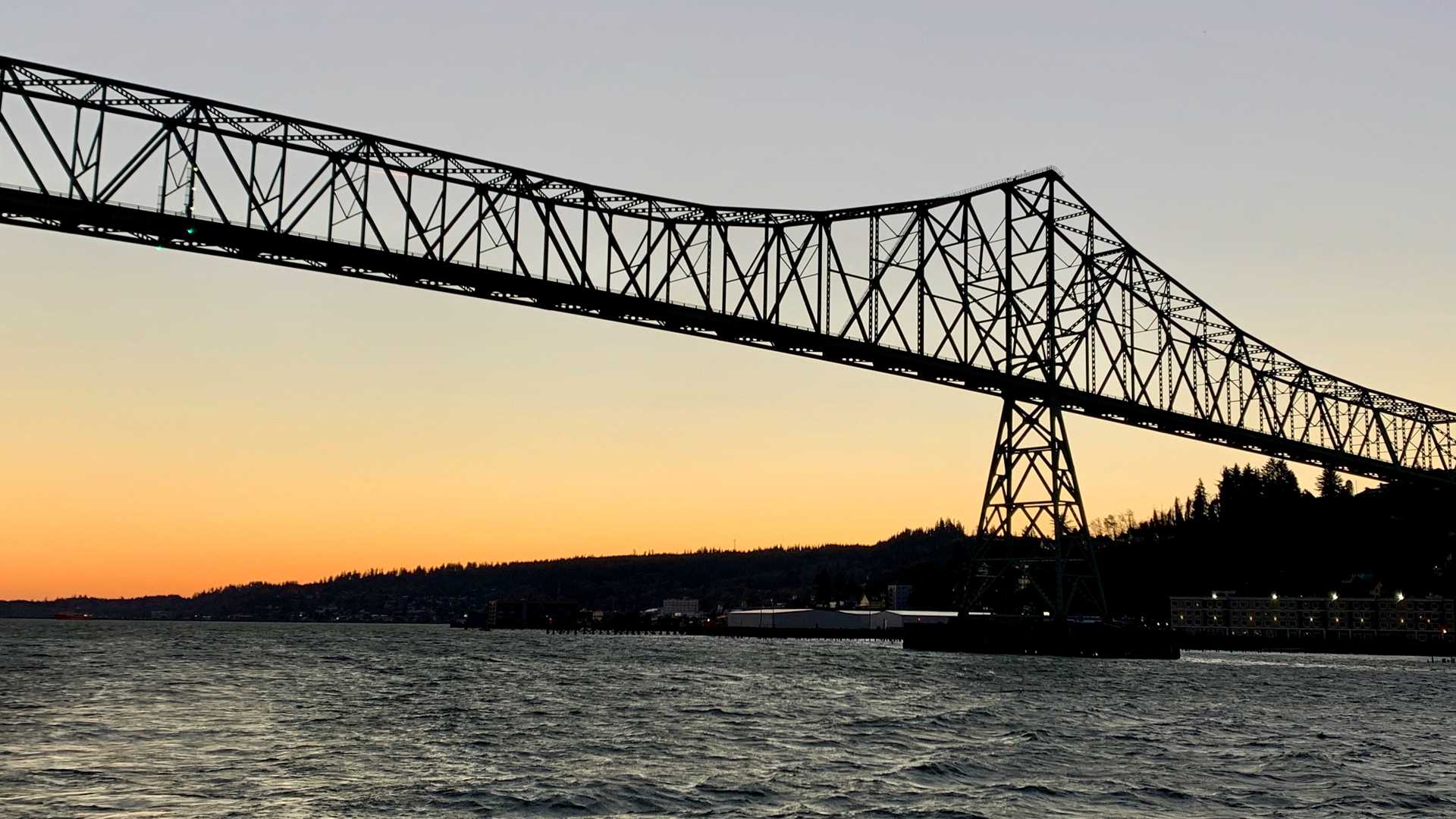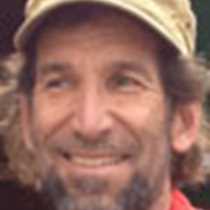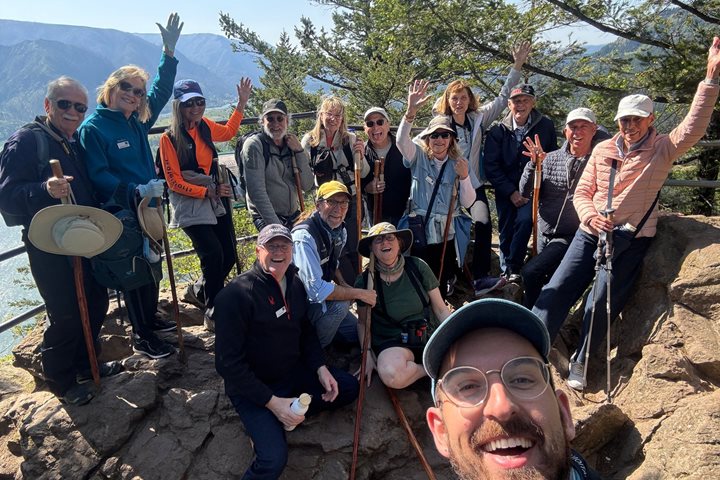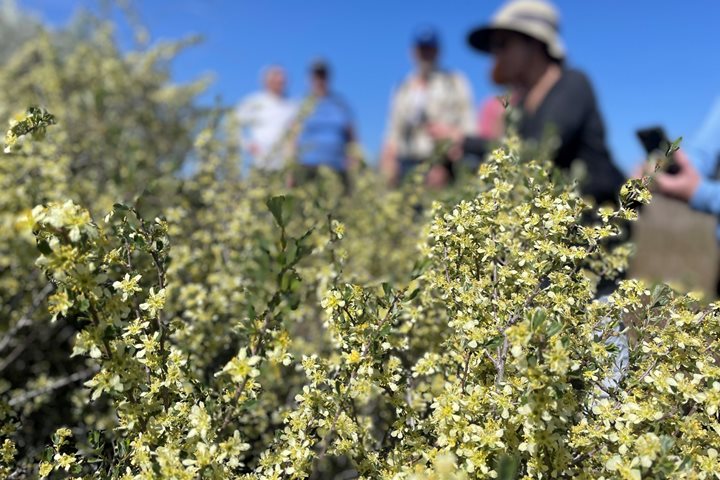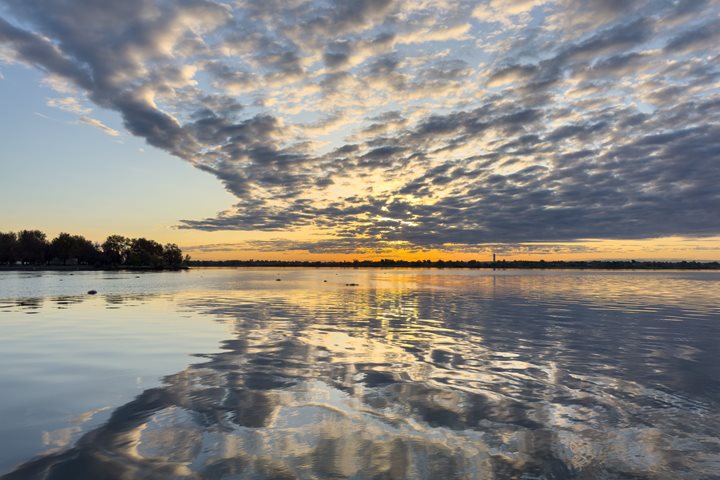Our final full day of excursions was based in Astoria. The oldest continuously occupied settlement west of the Rocky Mountains, it has been a key access point for maritime trade for goods and natural resources throughout the Columbia River Basin. We have reached the westernmost limit of our journey, as it was for the Corps of Discovery during the winter of 1805–6. We began with a visit to the Columbia River Maritime Museum, then had a fine day out, visiting the historic site of Fort Clatsop, Fort Stevens, and the beach at the wreck of the Peter Iredale, an iron bark driven ashore during a storm in 1906. With unusually clear skies and a stiff offshore breeze, how fitting to conclude the day and our week of exploration with a sunset cruise out towards the mouth of the "Great River of the West." We safely returned, of course, avoiding any difficulties in an area known for its swirling currents and shifting sands, then started the overnight transit, up river, to our last port-of-call in Portland, Oregon.
Call +1.800.397.3348 or contact your travel advisor

